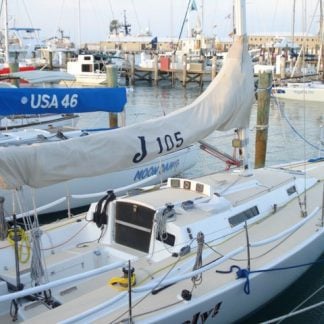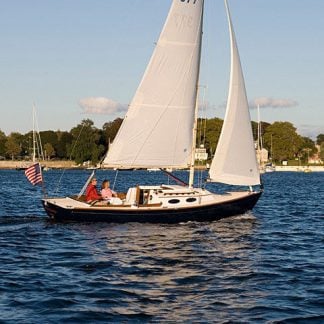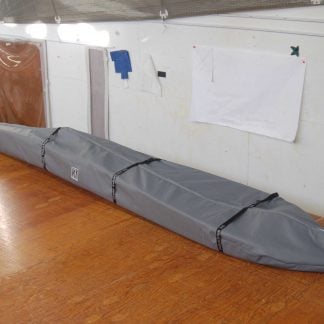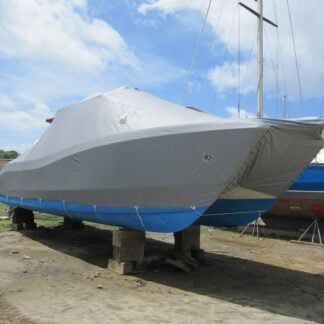MAR 7, 2025
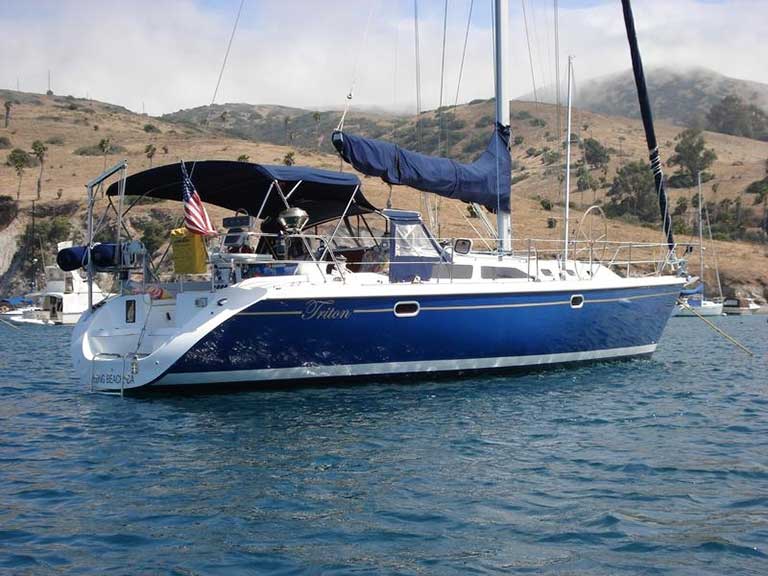
Choosing the right fabric for your boat cover can be challenging, especially when you’re faced with the options of waterproof vs. water-resistant materials. Understanding the differences between these two can help you make the best choice for your boat’s needs.
Water-Resistant Fabrics Water-resistant fabrics are designed to repel water to a certain degree but do not provide complete protection against heavy rain or submersion. These fabrics have been treated with a water-repellent coating that prevents water from seeping through, though over time, this coating may wear off and require reapplication.
Pros of Water-Resistant Fabrics:
- Breathability: Water-resistant fabrics often allow for some airflow, which helps to reduce the buildup of mold or mildew inside the cover.
- Lightweight: These fabrics are generally lighter than waterproof materials, making them easier to handle and install.
- Cost-Effective: Water-resistant covers are usually more affordable than waterproof options, which can make them a great choice for budget-conscious boaters.
Waterproof Fabrics Waterproof fabrics, as the name suggests, are designed to offer complete protection against water. These fabrics are typically made from tightly woven fibers and are often coated with an additional layer of protection to ensure that water does not penetrate.
Pros of Waterproof Fabrics:
- Total Protection: Waterproof materials are ideal for ensuring that no water seeps through, keeping your boat completely dry even in the heaviest of rainstorms.
- Long-Term Durability: Waterproof fabrics tend to last longer when exposed to harsh elements due to their added protective layers.
Which is Right for You? If you’re looking for a cover that can handle long-term exposure to harsh weather, waterproof fabrics may be your best option. However, if you live in an area with mild weather or need a lighter cover for temporary use, water-resistant fabrics could provide just enough protection while being more cost-effective.

